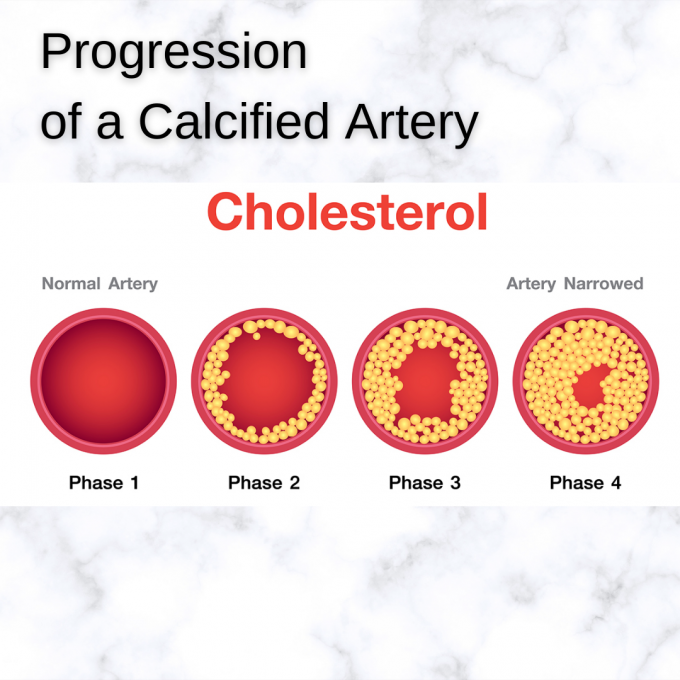Cholesterol is a waxy type of fat, or lipid, which is carried around your bloodstream. Lipids do not dissolve in water. In order for it to stay mixed with blood, they are packed into tiny protein-covered particles. Your body makes cholesterol, but you can also get it from certain foods. Cholesterol is however only found in animal products.
Every cell in the body needs cholesterol to form the cell membrane to protect the inner contents of the cell.
HAVE YOU WONDERED WHICH OF OUR BODY ORGANS IS THE CHIEF CREATOR OF CHOLESTEROL?
The answer is none other than the ‘Liver’. We need cholesterol to make hormones (e.g., testosterone and estrogen) and produce vitamin D. It is also an important component of bile acids which help us to digest fat.
LET’S UNDERSTAND THE DIFFERENT TYPES OF CHOLESTEROLS
- Low-density lipoprotein (LDL) is infamously known as “the bad cholesterol.”
- High-density lipoprotein (HDL) is “the good cholesterol.”
- Very low-density lipoproteins (VLDL) are particles in the blood that carry triglycerides.

- WHAT IS LOW-DENSITY LIPOPROTEIN (LDL)?
LDL builds up on the walls inside your arteries and makes them narrower. The fatty deposits form plaque that lines your arteries and causes blockages. This build-up is called atherosclerosis. You can think of arteries (blood vessels) as pipes or rivers which carry oxygen-rich blood from the heart to the tissues of the body.
Food high in saturated fats and trans-fat are some of the reasons for a high LDL level.
Saturated fats are mostly found in animals and dairy products, fast food, fried food, and processed food with a long shelf-life. High LDL directly increases the risk of heart disease.
- WHAT IS HIGH-DENSITY LIPOPROTEIN (HDL)?
HDL is called the “good cholesterol.” It’s good because it carries away other kinds of cholesterol, (including LDL), away from the arteries. HDL drops off other types of cholesterol at the liver to be removed from the body. It’s believed that higher levels of HDL may reduce the risk for heart disease.

WHAT ARE TRIGLYCERIDES?
Triglycerides are fats from the food we eat. Most of these may come from consuming foods like butter, margarine, and oils. Excess calories from carbohydrate consumption that are not utilized are turned into triglycerides and are stored in fat cells throughout the body.
An elevated triglyceride level increases the risk of heart disease. To obtain an accurate gauge of your lipid profile (a blood test that measures the amount of cholesterol and fats called triglycerides in the blood.), a phlebotomist will be called upon to draw your blood sample and send it for a test in the laboratory. This test is important to determine your risk profile for heart disease.
WHAT SHOULD YOU KNOW ABOUT CHOLESTEROL AND HEART DISEASE?
Preventing and treating coronary heart disease is the main reason your cardiologist looks at your cholesterol levels. Heart disease is a general term that might apply to many conditions, but in this instance, we are talking about coronary artery disease (CAD).Coronary artery disease is the narrowing or blockage of your coronary arteries caused by the build-up of cholesterol called plaque. Other commonly used terms are coronary heart disease and ischemic heart disease.
When LDL cholesterol levels are high, the rate of atherosclerosis increases and plaques form in the wall of our arteries. These arteries become narrowed and blood flow to the heart muscle is reduced. Patients may then experience chest tightness or shortness of breath on exertion. Sudden plaque rupture or erosion can also lead to a heart attack.

